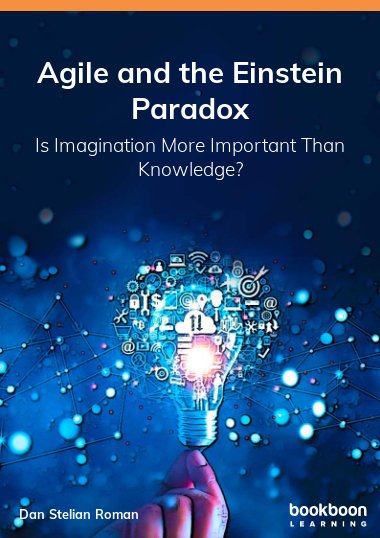Most Agile frameworks were created before or after the Manifesto for Agile Software Development. These frameworks were focused on continuous change. Presenting Agile as a completely new way of working, aimed at continuously delivering products that make customers happy. The challenge of balancing knowledge and imagination is that knowledge is seen as an inhibitor for Agility. One of the consequences of this misconception is that practitioners try to ‘reinvent the wheel”. Bringing practices, especially Lean, that were successfully used in manufacturing as a wrong way to scale Agile.
About the Author
Dan is an experienced Project Manager with 40 years commercial experience. He started his career as a specialist in Computer Aided Design and Manufacturing (CAD/CAM), following his involvement in research during university studies. As a successful researcher, he has published several academic books and articles on topics ranging from CAD/CAM to Computer Graphics. Professionally, Dan has managed large development teams and has transitioned into Project Management, becoming a specialist in Business Transformations Projects.


